Best Indoor Plants for Allergy Relief
There’s something comforting about having plants around. They make a home feel alive — but they also do something more important that most people do not realise: purify indoor air. Yes, there are a few indoor plants for better air quality that can help individuals with allergies or breathing issues.
If you are experiencing continuous sneezing, stuffiness, or dry air, the right plants can quietly make it all better. Here, we list a few indoor air purifying plants that can actually make a difference.
Peace Lily
Peace Lilies are one of the beautiful air-purifying plants that get everything right. They’re pretty, low-maintenance, and actually quite efficient at removing indoor pollutants such as formaldehyde, benzene, and carbon monoxide. These are chemicals that frequently stem from furniture, paint, and cleaning products — stuff you might not even know you’re inhaling.
If you’re looking for bedroom plants for sleep, stress relief & better air quality, Peace Lilies make an excellent choice. They also help regulate air humidity, which can ease dry throats and stuffy noses. However, watch out if you have pets, as the leaves are poisonous when ingested.
Snake Plant
The Snake Plant, often called Mother-in-Law’s Tongue, is basically the plant version of a tough friend — nearly impossible to kill. Forget to water it for a week or even two? No problem, it’ll barely care. One of the most striking features of this plant is that it even works during the night.
When it comes to air-purifying plants that will make your home feel fresh, the Snake Plant easily tops the list. While most plants only respire during the day, this one keeps the process going 24/7, providing you with cleaner air even while you sleep.
It also removes contaminants like trichloroethylene and nitrogen oxide — two major causes of indoor air irritation. For anyone suffering from mild breathing issues, keeping a couple of these in your bedroom can make all the difference.
Aloe Vera
Aloe Vera isn’t just for sunburns. This tiny succulent helps clean the air by removing formaldehyde, benzene, and other toxins which are common in detergents and paints. Aloe is particularly ideal for small spaces like bedrooms or offices, as it doesn’t occupy much space.
If you’re looking for indoor plants for positivity and good luck in your home, Aloe Vera is a perfect pick. It’s easy to care for, resilient, and among the best indoor plants for allergies.
On top of that, it’s a one-stop first-aid kit. Just cut a leaf, and it becomes an instant cooling gel for burns or skin irritation. Very few houseplants can match that exceptional combination of utility and healing.
Areca Palm
If you prefer a tropical and dense appearance plant, then the Areca Palm is a top pick. It is one of the houseplants for cleaner air because it can eliminate carbon dioxide and restore oxygen. It acts as a natural humidifier, thereby alleviating the symptoms of dry air. This would help people with sinus or those with a cough.
The plant prefers bright, yet indirect light with consistent watering. It can grow tall and elegant if it’s happy and instantly rejuvenate any corner of your home.
Spider Plant
The spider plant is suitable for indoor gardening beginners. It’s forgiving and easy to grow, and one of the best for cleaning up certain pollutants like xylene and carbon monoxide. The plant is often named as a recommended indoor plant for allergies since it helps to reduce the airborne mould as well as dust particles.
What’s great is how quickly it multiplies. In a few months, long stems would sprout from the mother plant with baby spider plants at the end. You can replant those or share them with friends.
Boston Fern
Boston Ferns have that soft, classic look that makes any room feel cosy. Besides their beautiful appearance, they are also excellent plants for living rooms, adding both charm and freshness to your space. They act as powerful air cleansers by absorbing formaldehyde and toluene, while also releasing moisture into the air.
This is beneficial if your home feels dry from air conditioners or heaters. They do like a bit more care, however. Keep the soil moist and mist the leaves now and then. The efforts are worth it, especially if you’re trying to make a better, breathable indoor environment. Hence, this is also one of the top plants for breathing problems.
Final Words
Most of us assume pollution is an outdoor problem. Cars, factories, smoke, dust. But inside your home? There are a host of allergens. The above-discussed indoor plants for health benefits help absorb some of those chemicals, release oxygen, and add humidity.
No humming machine. No filter replacements. Just green leaves sitting there, quietly cleaning up after you. So start with one or two and feel the difference.


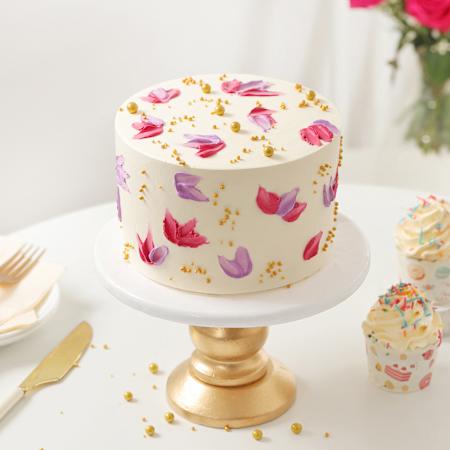
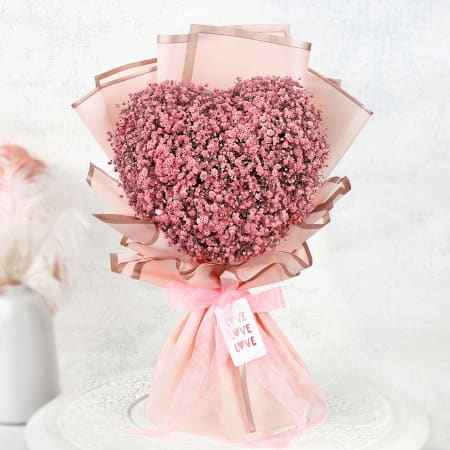

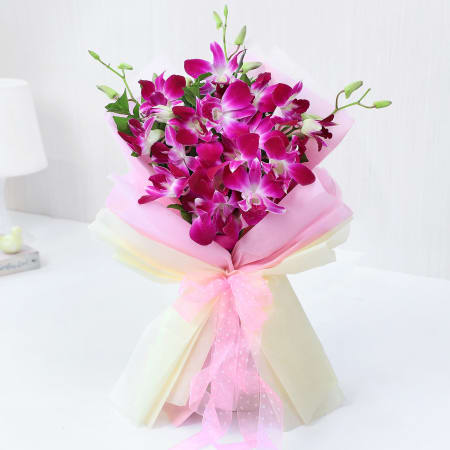




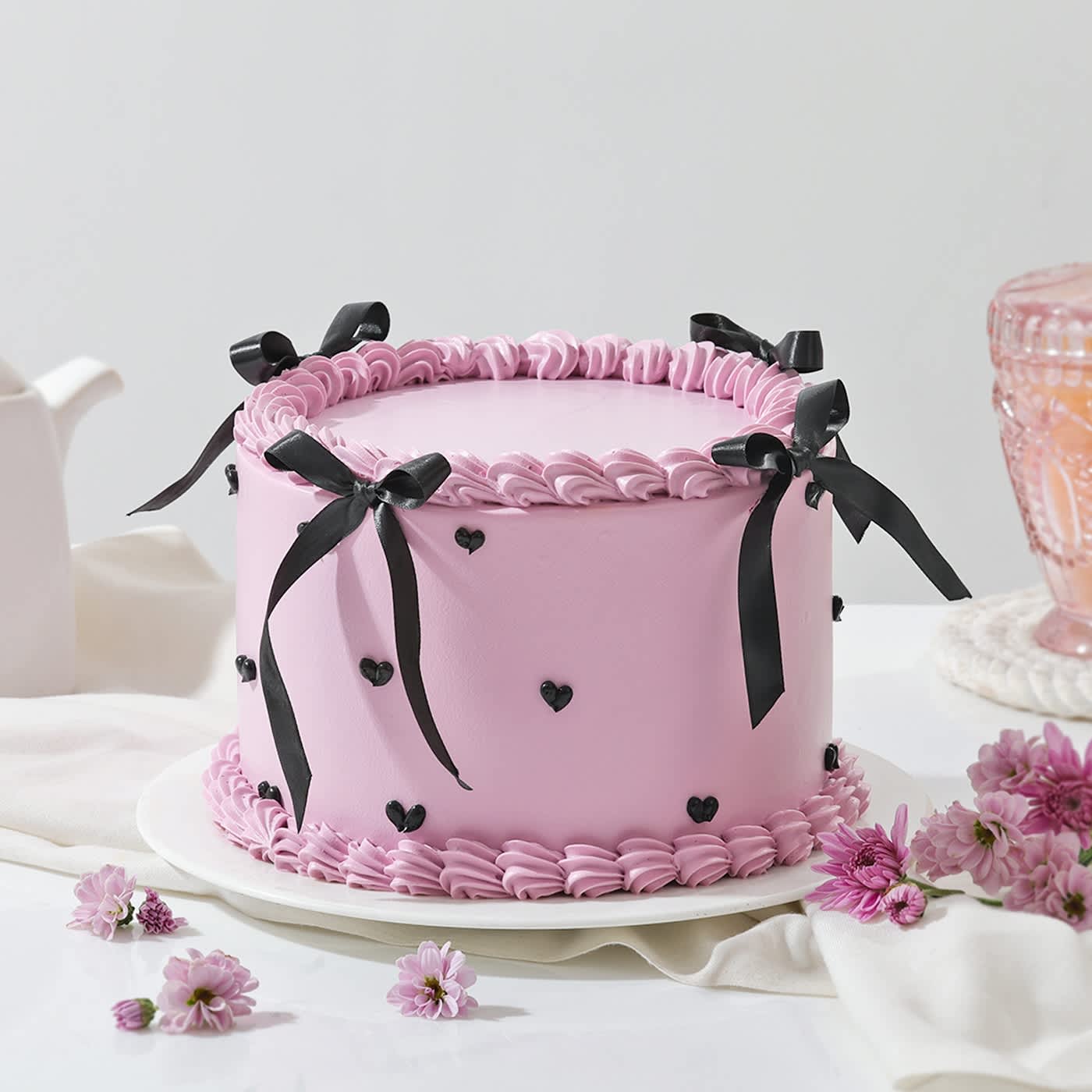
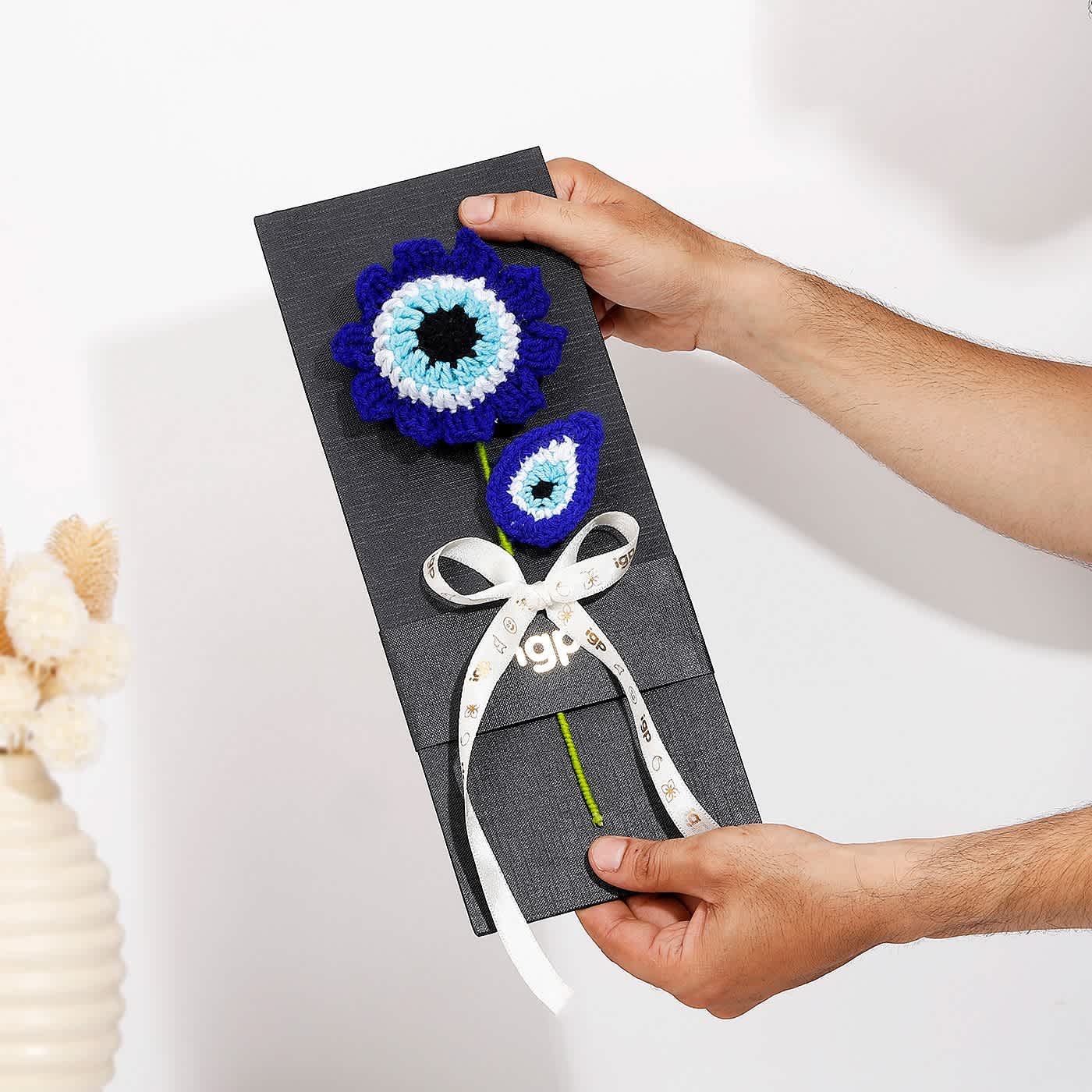
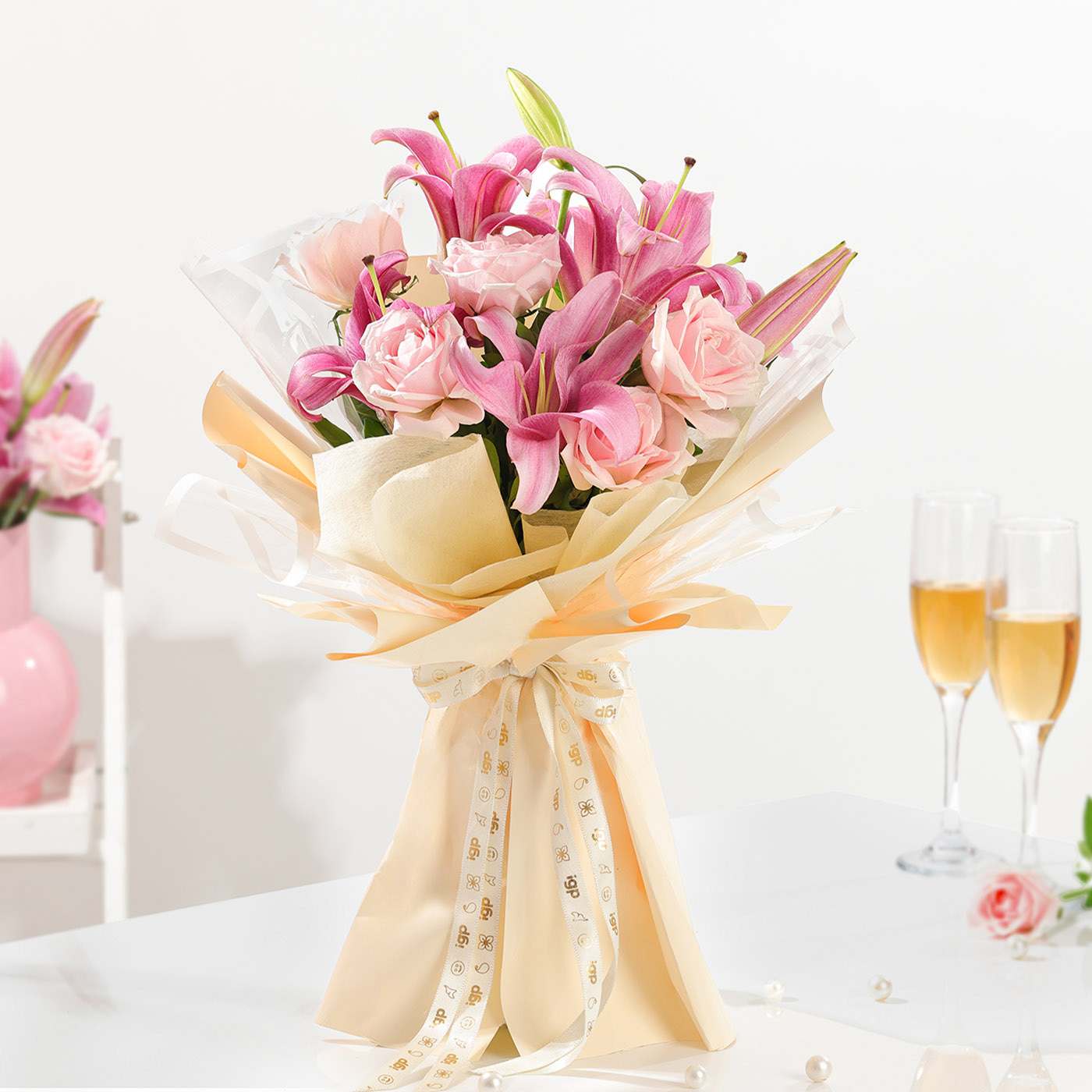






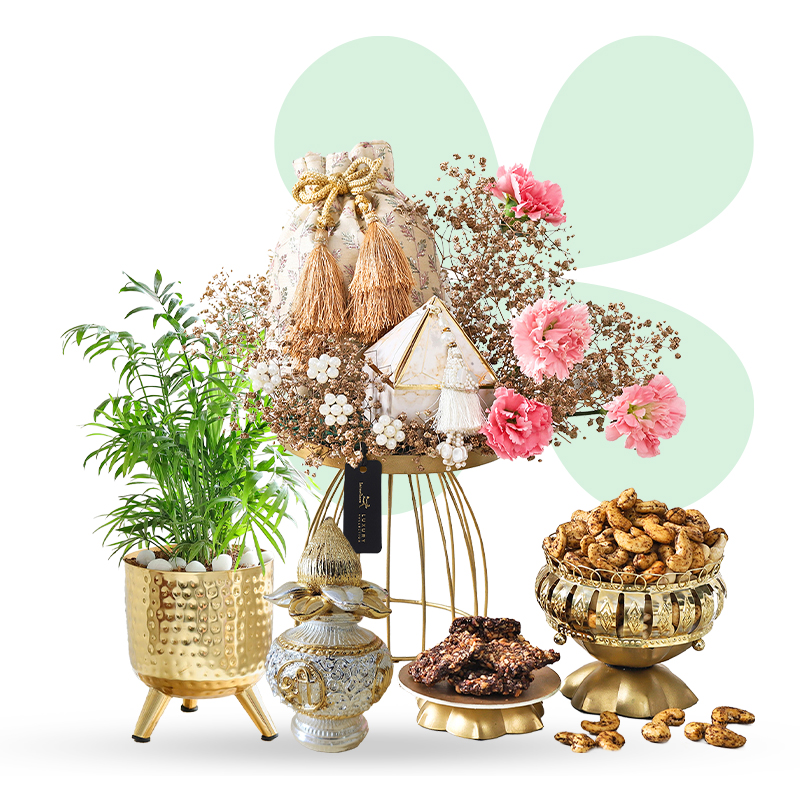

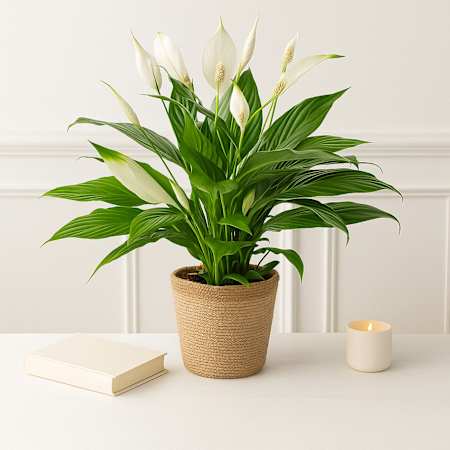
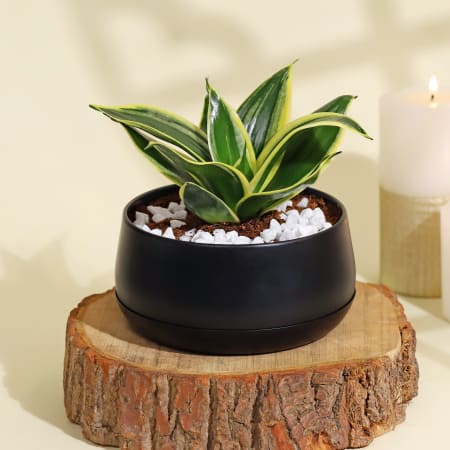
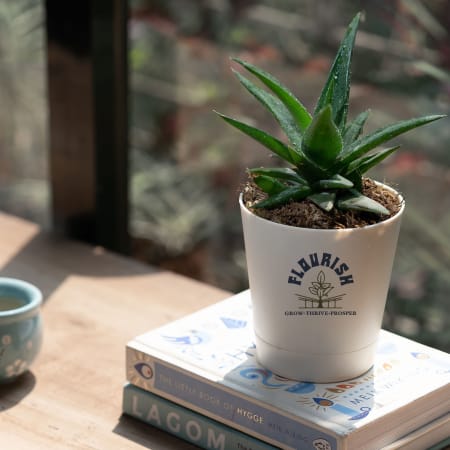
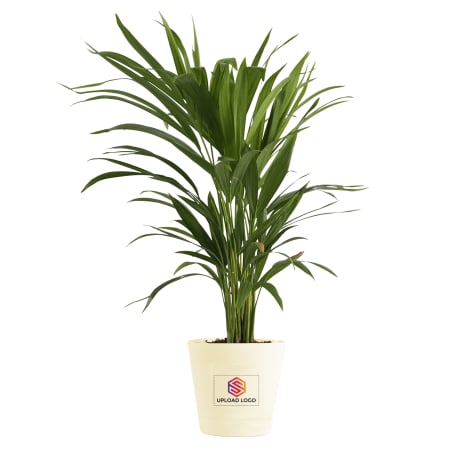
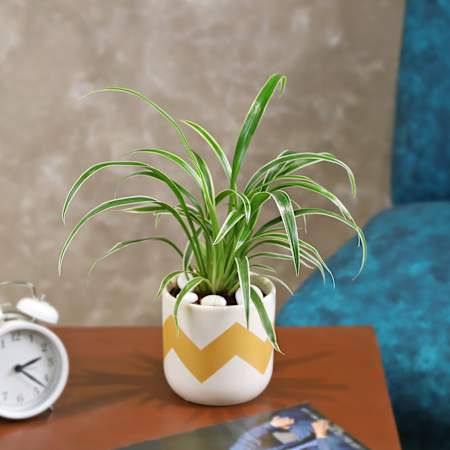
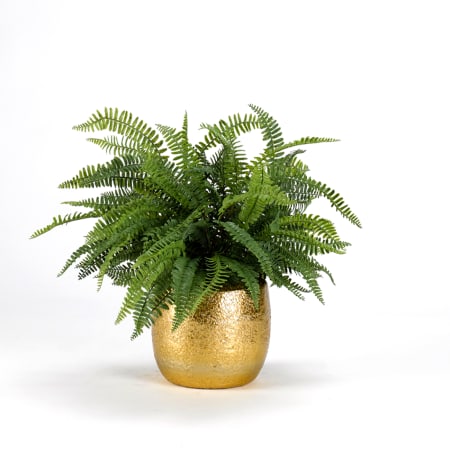
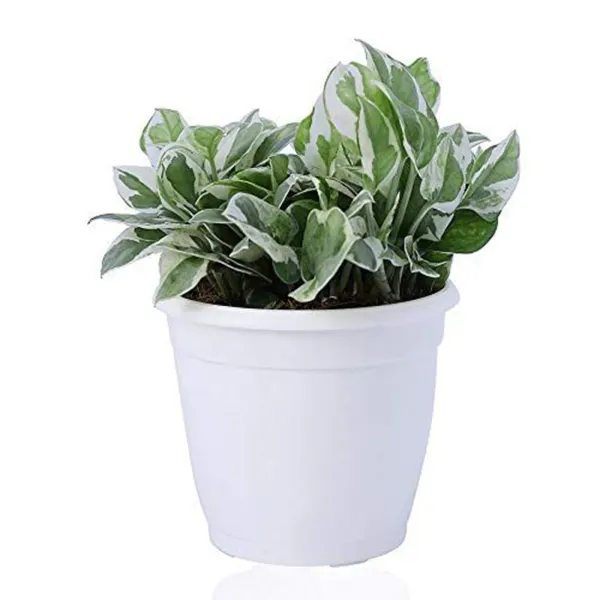
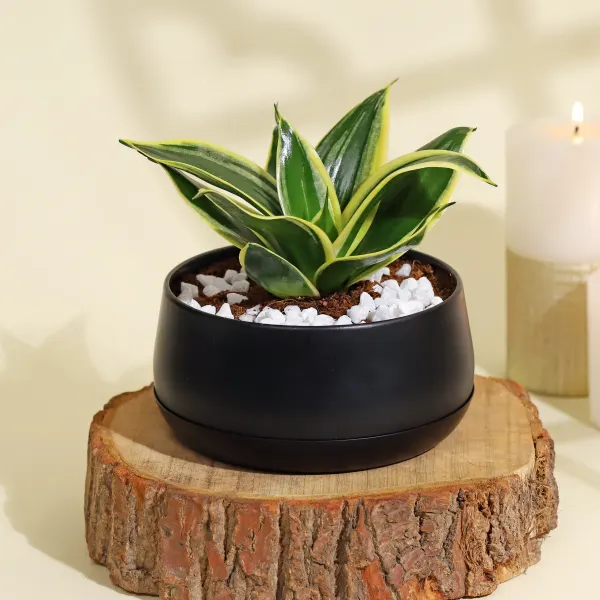
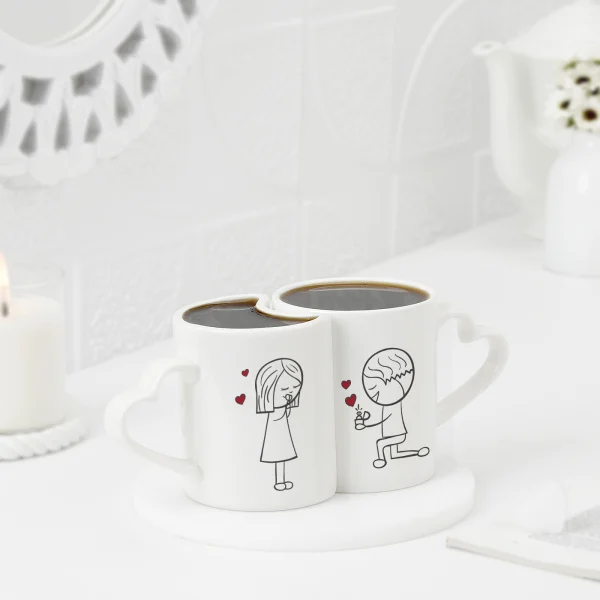
No Comments